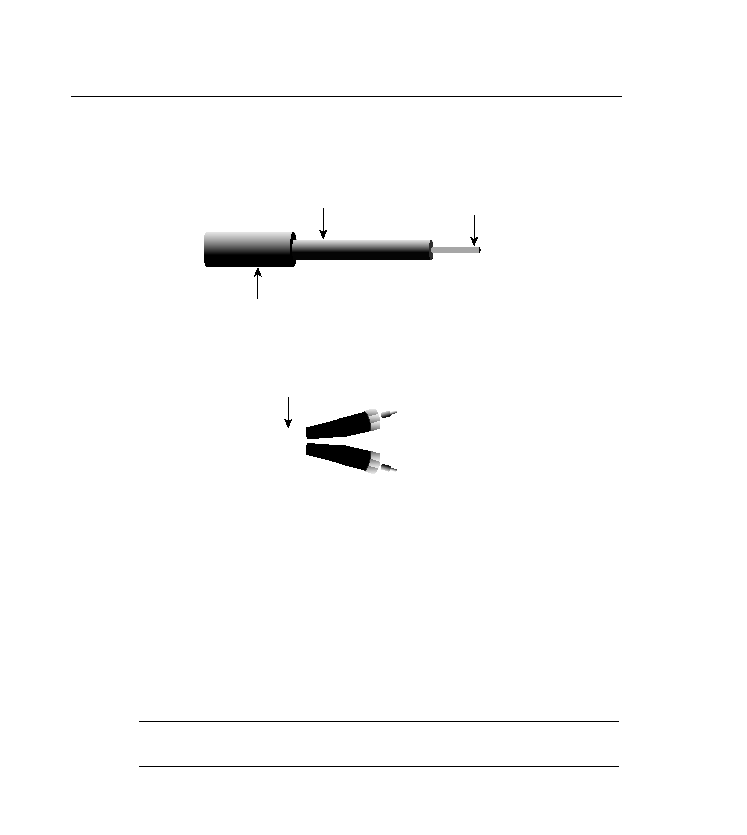
install, which can be costly. Figure 3-7 depicts an example of fiber-optic cable.
transmission between networks. Wireless networks can provide a missing ingredient of network
design. Wireless networks can provide temporary connections to an existing network. Wireless
networks can grant the user portability and can extend the physical length of the network. They
might be the perfect solution for granting network access from lobbies and reception areas.
Constantly mobile users would benefit from wireless networks because, no matter where they
are in the building, they've got an instant LAN connection.
devices. Because transmission signals are susceptible to interference, the system must generate
strong signals. A infrared network can normally broadcast at 10 Mbps.
environments. Infrared might not be effective beyond 100 feet.